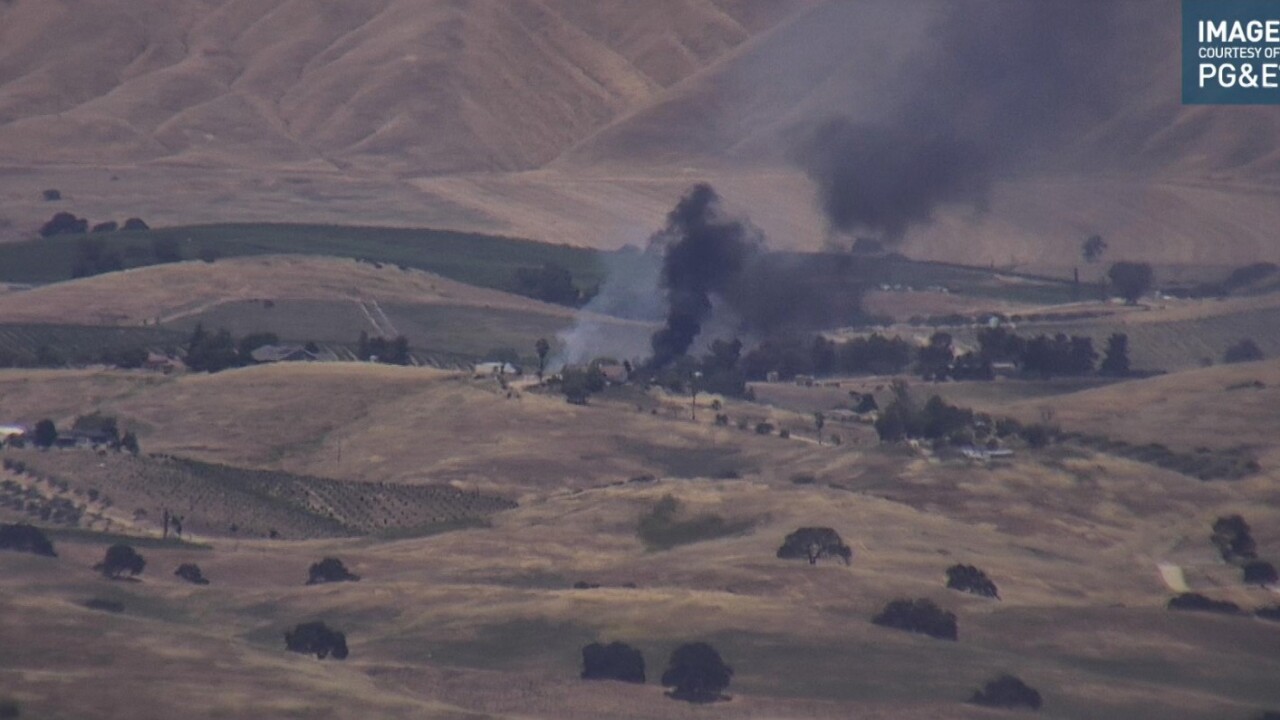From a small puff of smoke to a phone notification in under a minute, that's how AI was able to notify CAL FIRE Station 40 that their service was needed this week.
“If you hadn't been looking for the smoke that was present on the La Panzer Ranch, you would never have seen it," said Battalion Chief Nate Hamm.
The fire along San Juan Creek Road and Hay Canyon Road burned an estimated 16 acres Tuesday afternoon. The location is about a 45-minute drive from Station 40 had there been another half hour before a 911 call was made, CAL Fire members tell me the damage could have been exponential.
No 911 calls were made on the fire, and Hamm says that was a first for him.
“We might still be out there today," said Hamm, "We might be calling in resources from other areas to backfill. So, the effort to put the fire out yesterday saved us a lot of work, you know, today and going on."
There are currently more than 1,000 AI cameras in California giving a panorama view, rotating 360 degrees to capture everything around them.
“Typically we see AI used in our cell phones and personal computers and now it's being integrated into what we do in the fire service," CAL Fire PIO Ryan Grebe said, "that's really exciting.”
Grebe says they’re able to get a response team on the road and make decisions on personnel much quicker than relying on the public to notify them of an emergency.
“Without that early detection, that fire could have grown to a couple of hundred acres in size and potentially burned structures or other infrastructure in the area," said Grebe.
Cameras are placed on high mountain tops or other areas offering a wide view.
"When we get an alert that is presented by the cameras and the air detection, that's going to go to our emergency command center, we have a duty officer, which is a fire captain, trained to look at that situation, pull up the camera feed, see what's going on. If they do see a fire, then they're going to verify that location and start a response based off our response plans that are in cad,” said Grebe.





